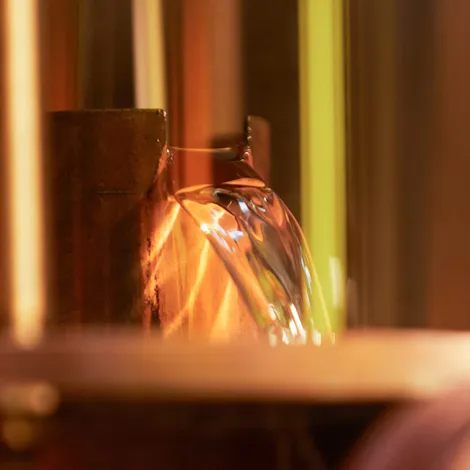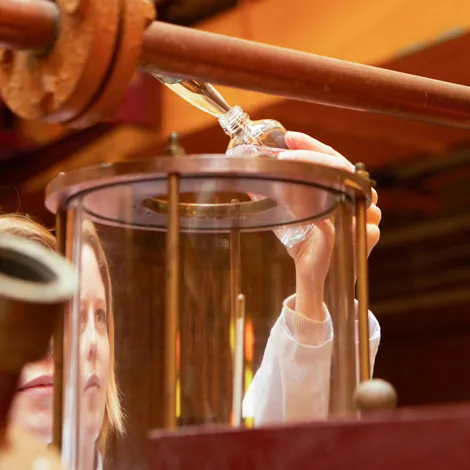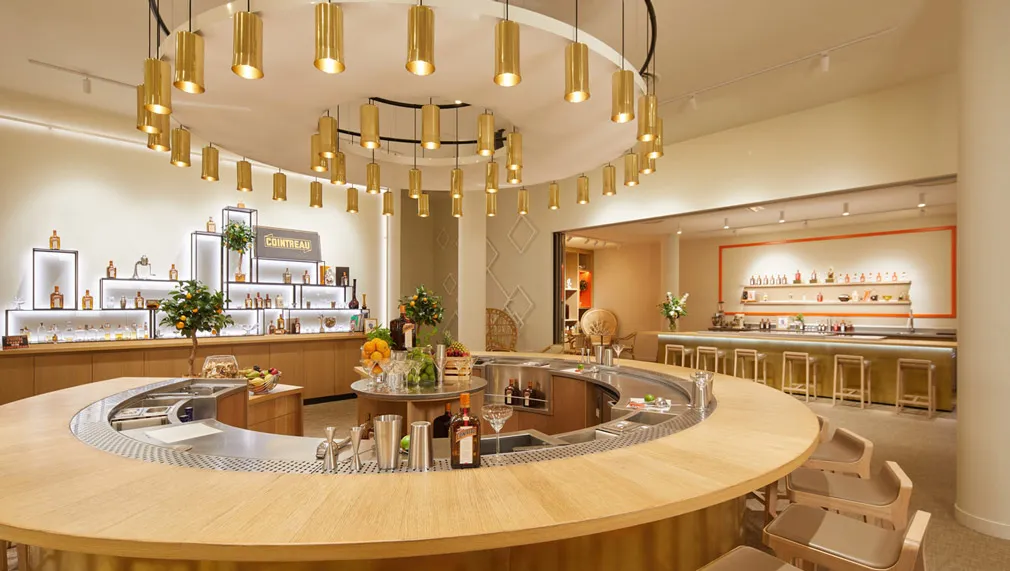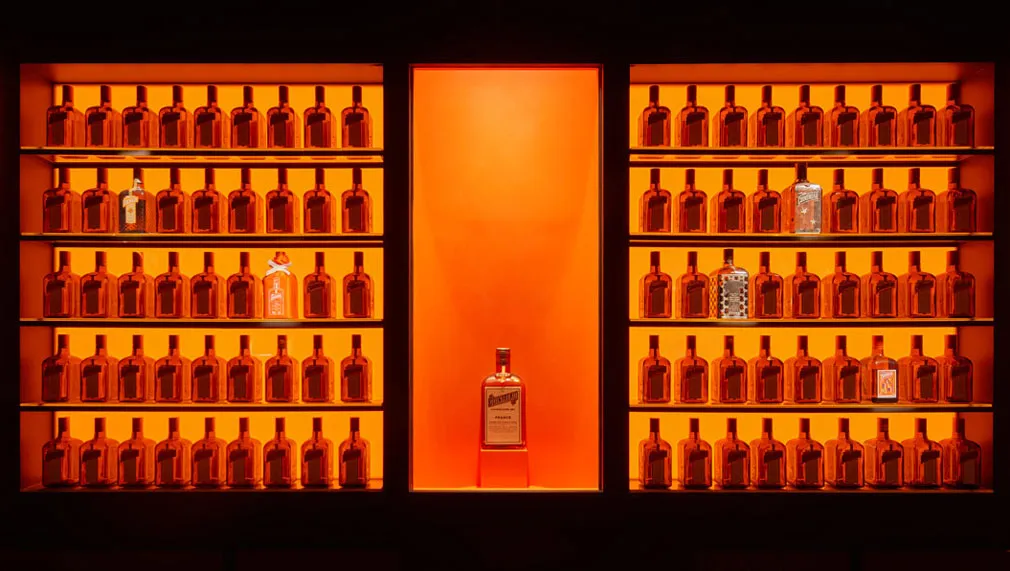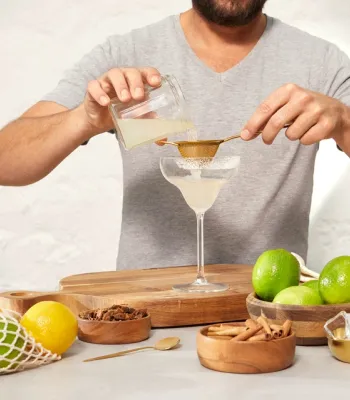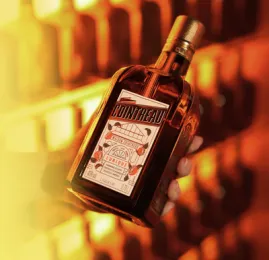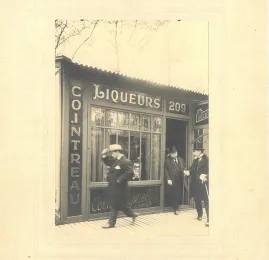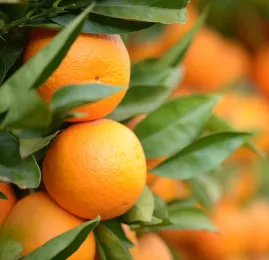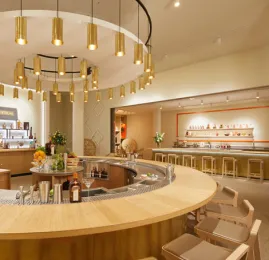From visiting orange groves in Ghana to calculating the weight of the stills at the distillery, testing new peel varieties in the laboratory to demonstrating the organoleptic qualities of the liqueur to mixologists and distributors around the world... The responsibilities of Cointreau’s Master Distiller are multiple.
As Cointreau’s “nose,” Carole Quinton is the guardian of the brand’s age-old expertise, gustatory memory, and eternal signature. Like a temple keeper, she safeguards the original characteristics introduced by Édouard Cointreau.
As Master Distiller, Carole Quinton is the sixth generation to vouch for Cointreau’s inimitable flavor and unique savoir-faire. A feat of balance, authenticity, and aromatic richness, the recipe has been both preserved and reinvented since its creation.





